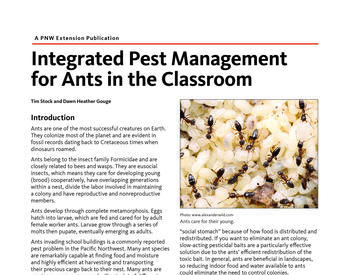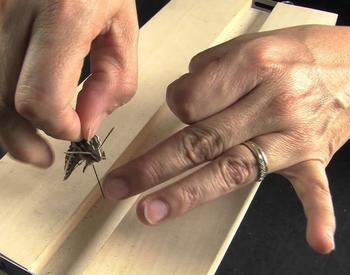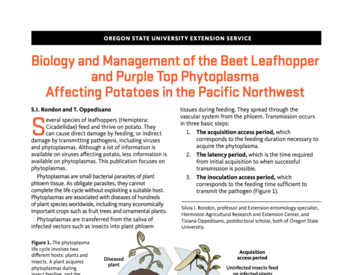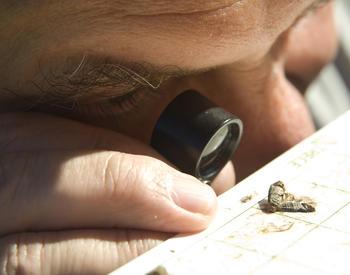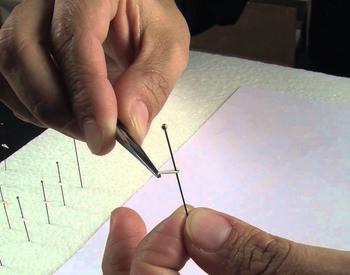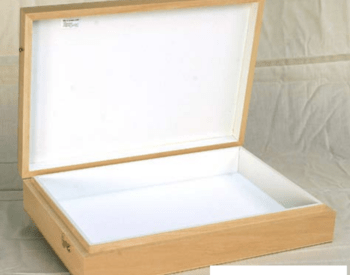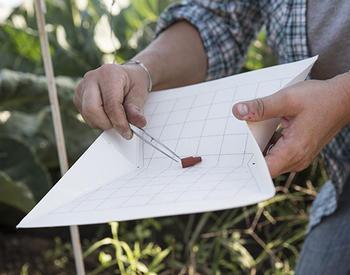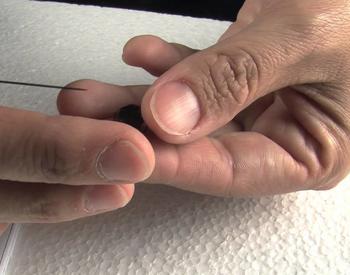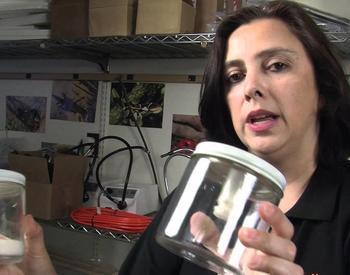Codling moths are a serious pest, damaging apples, pears and walnuts throughout the Pacific Northwest.
If you know what stage of life the insects are in, you can tailor your pest management strategy to susceptible forms. See The Pacific Northwest Insect Management Handbook for information on treatment.
Here is an outline of the insect life cycle:
- Mature larvae overwinter in a silken cocoon under loose bark, in soil or in debris around the base of the tree.
- When the first blossoms show pink the larvae change into pupae.
- At about full bloom the adults emerge from the pupae and begin laying eggs on leaves and sometimes on fruit.
- Larvae emerge from the egg in 6–20 days, depending on temperatures. Larvae at hatch are about 0.1 inches long. The larval stage lasts three to four weeks. This is the damaging stage of the codling moth. The larvae can create a “sting” on the side of the fruit which produces a small wound. Or, they can burrow into the center of the fruit, usually from the flower end (the end where the flower remains are), or from the side. This entry area will show frass, or larval excrement, as the larvae feed and grow.
- Once the larvae are mature, they spin a silken cocoon and either overwinter or immediately pupate for two to three weeks. They hatch into adults in mid-July and August.
- Adults of the second generation fly in July and August and lay their eggs. The larvae hatch from this generation is the one that does the most damage.
If the first generation of codling moth is well controlled, you can limit damage from the second generation.

